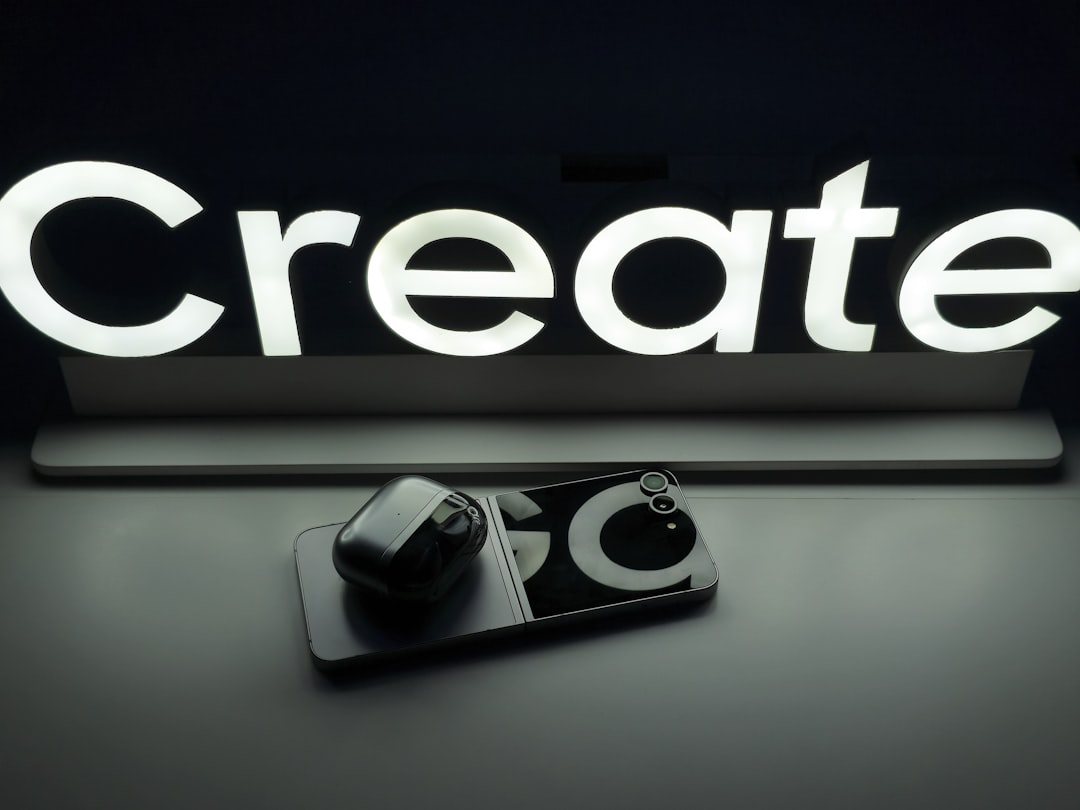“`html
AI is Changing the Game for Creative Professionals
Think about the last time you saw a stunning piece of digital art, heard a catchy tune, or read a compelling story. Chances are, AI played a bigger role than you might realize. Artificial intelligence is no longer just a futuristic concept; it’s actively reshaping creative industries, offering new tools and possibilities that were once unimaginable. This isn’t about replacing human creativity, but augmenting it, leading to exciting new forms of expression and innovation.
Why This Matters: Unleashing New Creative Potential
The impact of AI on creative fields is significant because it democratizes access to creative tools. Previously, specialized skills and expensive equipment were often required to produce high-quality content. Now, AI-powered platforms allow individuals with limited technical expertise to generate stunning visuals, write compelling copy, and even compose original music. This opens doors for a wider range of voices and perspectives to be heard and seen.
For example, tools like DALL-E 2, Midjourney, and Stable Diffusion enable users to create photorealistic images and artwork from simple text prompts. This significantly reduces the time and resources needed for visual content creation, allowing artists and designers to focus on the conceptual and strategic aspects of their work. As the BBC reports, this shift is forcing creatives to adapt and learn new skills to stay competitive. This evolution of technology has a direct impact on the types of roles and responsibilities that creatives have today.
The Impact: From Art and Music to Film and Writing
Here’s a closer look at how AI is impacting different creative sectors:
- Art & Design: AI is generating unique artwork, assisting with design layouts, and helping artists explore new styles and techniques. Think automated pattern generation for textile design or AI-powered tools that suggest color palettes based on emotional responses.
- Music: AI is composing original music, assisting musicians with songwriting, and even creating personalized soundtracks based on individual preferences. Imagine an AI that learns your musical tastes and generates a unique playlist tailored to your current mood.
- Writing & Journalism: AI is helping writers with content generation, grammar checking, and even generating story ideas. While AI-generated news is a controversial topic, AI can be a valuable tool for research and fact-checking.
- Film & Animation: AI is used for special effects, animation, and even scriptwriting. AI-powered tools can automate tedious tasks like rotoscoping, freeing up animators to focus on the artistic aspects of their work.
The adoption of AI in these industries is not uniform. Some creatives embrace it as a powerful tool, while others are more cautious, fearing potential job displacement or the erosion of artistic integrity. However, the trend is undeniable: AI is becoming increasingly integrated into the creative workflow.
Ethical Considerations: Ownership, Bias, and Authenticity
The rise of AI in creative industries also raises several ethical concerns that need to be addressed:
- Copyright and Ownership: Who owns the copyright to AI-generated content? Is it the user who provided the prompts, the developer of the AI model, or a combination of both? These questions are still being debated by legal experts.
- Bias and Representation: AI models are trained on vast datasets, which can reflect existing biases in society. This can lead to AI-generated content that perpetuates stereotypes or excludes certain groups.
- Authenticity and Originality: As AI becomes more sophisticated, it becomes increasingly difficult to distinguish between human-created and AI-generated content. This raises questions about the value and authenticity of creative works.
Addressing these ethical concerns requires a collaborative effort involving developers, artists, policymakers, and the public. It’s crucial to establish clear guidelines and regulations to ensure that AI is used responsibly and ethically in creative industries. As discussed in this Reuters article, governments are beginning to grapple with these issues and explore potential regulatory frameworks.
Future Outlook: Collaboration, Augmentation, and New Creative Frontiers
The future of AI in creative industries is likely to be characterized by collaboration and augmentation. AI will not replace human creatives, but rather empower them with new tools and capabilities. We can expect to see:
- More sophisticated AI tools: AI models will become more powerful and versatile, capable of generating even more complex and nuanced creative content.
- Seamless integration into workflows: AI tools will be seamlessly integrated into existing creative workflows, making it easier for artists and designers to leverage their power.
- New forms of creative expression: AI will enable new forms of creative expression that were previously impossible. Think interactive art installations that respond to audience emotions or AI-generated virtual worlds that evolve in real-time.
- Focus on human skills: Creativity, critical thinking, and emotional intelligence will become even more valuable as AI automates routine tasks. Human creatives will need to focus on these uniquely human skills to stay ahead of the curve.
The integration of AI into creative industries is not without its challenges. However, the potential benefits are enormous. By embracing AI as a tool for innovation and collaboration, we can unlock new creative frontiers and create a more vibrant and inclusive cultural landscape. As technology continues to evolve at an exponential pace, creativity will be a critical skill for professionals in various industries. The key is to embrace this transformative power responsibly and ethically, ensuring that AI serves to enhance, not diminish, the human spirit of creativity. One example is the use of AI in the architectural space to help create models and designs, or the use of AI within fashion to create new patterns and assist with product creation. The possibilities are endless!
“`

